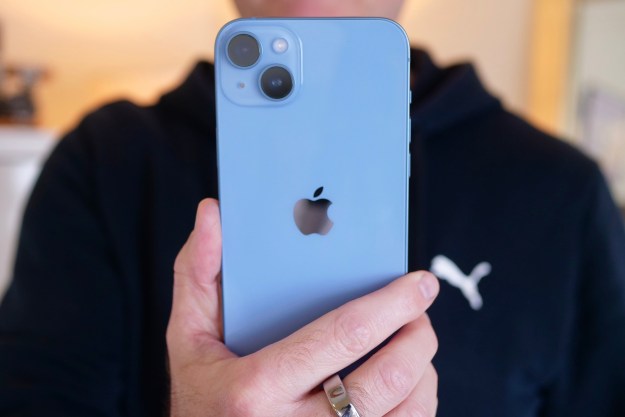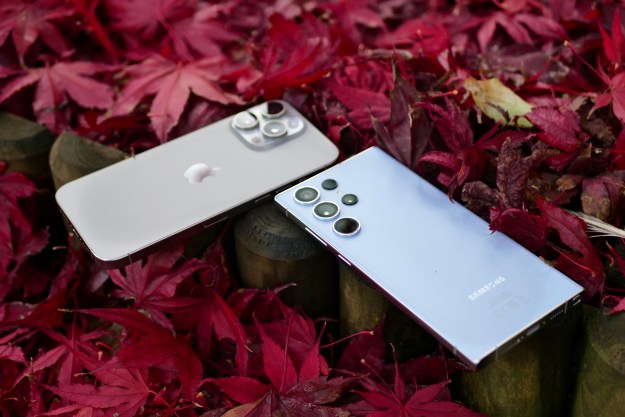Only days after launching iOS 13.1 to the public, Apple has already released the first developer beta of iOS 13.2 — and it brings with it a number of new features that users have been waiting for, including the Deep Fusion camera tech on the iPhone 11.
The iPhone 11’s Deep Fusion technology essentially works in the background to improve image quality. It was described by Apple Senior Vice President Phil Schiller as “computational photography mad science,” and should make for much better photos on an already-awesome camera.
With Deep Fusion, the iPhone 11’s camera will offer a range of features that switch on automatically. Deep Fusion itself works totally in the background, and will largely be used for telephoto shots. Other tech also turns itself on depending on how well-lit your environment is — including Smart HDR for decently lit photos and Night Mode for photos that aren’t lit well. Unlike Night Mode and Smart HDR, users won’t know when Deep Fusion has switched on. Deep Fusion works by taking a number of images before you press the capture button, then using all of that data to generate a final, well-lit, and detailed shot.
Apart from Deep Fusion, iOS 13.2 will mostly introduce fixes to bugs found in iOS 13 and iOS 13.1. The launch of iOS 13 in general has been a bit rocky for Apple, and many users have been complaining of bugs since the new operating system’s launch.
Considering this is the first developer beta of iOS 13.2, it may be at least a few days before it’s released to the public. The operating system will likely go through at least another developer beta, then public betas, before finally getting a full release.
Apple recently launched iOS 13.1, which brought a number of new features to the iPhone, including Shortcuts Automations, which allow you to set Shortcuts to run automatically depending on things like location and other events. Another new features is the ability to share your estimated time of arrival straight from Apple Maps. Finally, iOS 13.1 also brought a number of bug fixes, though users have still been complaining about bugs in iOS 13.1. Hopefully, iOS 13.2 will fix many of those bugs.
Editors' Recommendations
- Nomad’s new iPhone case and Apple Watch band may be its coolest yet
- Here’s how Apple could change your iPhone forever
- This one thing could make iOS 18 the best iPhone update in years
- The 7 biggest features we expect to see in iOS 18
- This could be our first look at iOS 18’s huge redesign


